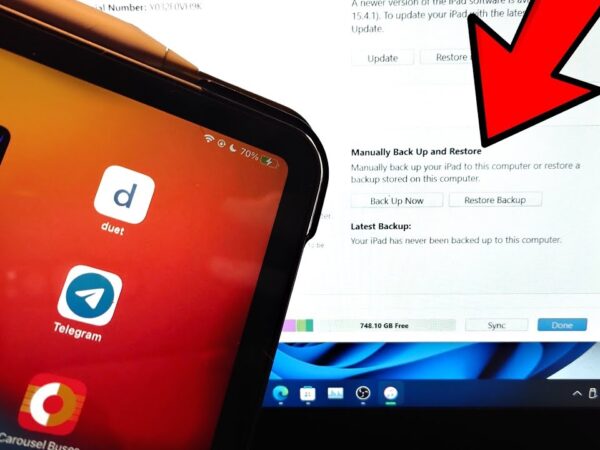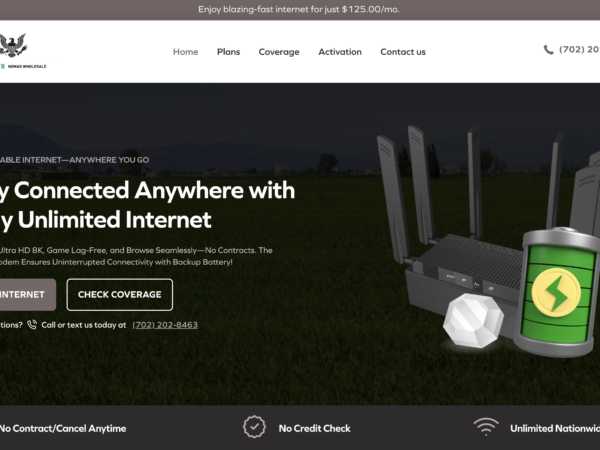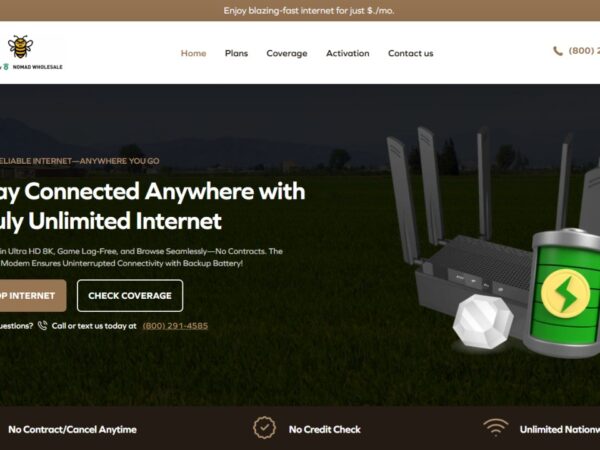A Beginner’s Guide to Creating a QR Code for Video Content
QR codes have revolutionized the way we share information, making it easier than ever to connect the digital world with the physical. From marketing campaigns to educational resources, QR codes can be used in countless ways to enhance user engagement. One of the most popular uses today is creating QR codes for video content. Whether you’re looking to share a product demo, a tutorial, or an entertaining clip, creating a video QR code can help you deliver your content in an instant. This beginner’s guide will walk you through the process of creating a QR code for video and explain the benefits of using video QR codes in your business or personal projects.
What is a Video QR Code?
A video QR code is a special type of QR code that, when scanned, takes the user directly to a video. The video could be hosted on platforms like YouTube, Vimeo, or your website. Essentially, a video QR code acts as a shortcut, removing the need for users to search for a link or type in a lengthy URL. By scanning the code with a mobile device, users can immediately access the content you want to share.
To create a QR code for video, you can use a video qr code generator. These online tools allow you to link any video content to a scannable QR code that anyone with a smartphone can access. The process is quick, easy, and highly effective for those looking to boost their digital marketing efforts or streamline content sharing.
How to Create a QR Code for Video
Creating a QR code for your video content is simpler than you might think. Here’s a step-by-step guide to help you get started:
- Choose Your Video Platform: Before you create your QR code, you need to decide where your video will be hosted. This could be on a video-sharing platform like YouTube, Vimeo, or a private server. Ensure the video is publicly accessible or properly shared with your intended audience.
- Get the Video URL: Once your video is uploaded and live, copy the URL of the video. This URL is what the QR code will point to when scanned.
- Use a QR Code Generator: Now that you have your video URL, you can use a qr code generator to create the code. Simply paste your video URL into the generator, and it will automatically create a scannable QR code for your video. Some tools even allow you to customize the design of your QR code with logos, colors, and frames to match your branding.
- Test the QR Code: After generating your QR code, it’s important to test it. Scan the code with your mobile device to make sure it directs you to the correct video. This step ensures everything is working properly before you start sharing it with others.
- Distribute the QR Code: Once your video QR code is ready, you can print it on physical materials like flyers, posters, or business cards, or include it in digital content like emails, websites, and social media posts. Wherever you place the QR code, it will offer a fast and convenient way for users to access your video content.
Benefits of Using a Video QR Code
There are several advantages to using a video QR code for your content:
- Instant Access: The most obvious benefit is the speed and convenience it offers. By scanning the code, users are immediately directed to the video without having to manually search for it. This can significantly improve user experience and engagement.
- Increased Engagement: Video is one of the most engaging forms of content. By providing an easy way to access video, you can increase the likelihood that people will watch, interact with, and share your content. Whether you’re promoting a new product or sharing educational material, QR codes make it simple for viewers to access what they need.
- Tracking and Analytics: Some video QR code generators provide tracking features, allowing you to monitor how often your QR code is scanned. This valuable data can help you understand how your content is performing and identify opportunities for improvement.
- Cost-Effective Marketing: Using QR codes for video content is an affordable marketing strategy. There are no printing costs for physical media, and you can reach a wide audience by simply placing the QR code in digital or physical locations where your target audience is likely to see it.
Best Practices for Video QR Codes
To maximize the impact of your video QR codes, consider the following tips:
- Make the Video Relevant: Ensure the video you link to is relevant to the audience you are targeting. Whether it’s a product demo, tutorial, or promotional content, make sure it adds value and encourages engagement.
- Keep the Video Short and Engaging: People’s attention spans are short. Keep your video concise and to the point, especially if it’s meant for marketing purposes.
- Promote the QR Code: Make sure people know what the QR code is for. Add a short description or call to action near the code to encourage users to scan it and watch the video.
Conclusion
In conclusion, creating a QR code for video is a powerful way to enhance your content-sharing strategy. Whether you’re a business owner looking to promote your products or a creator eager to share your latest video, using a video QR code generator simplifies the process of connecting your audience with your content. By following the steps outlined above, you can create a QR code that links directly to your video, making it easy for viewers to access and engage with your content. With the added benefits of tracking and convenience, video QR codes are a game-changer in the world of digital communication.











